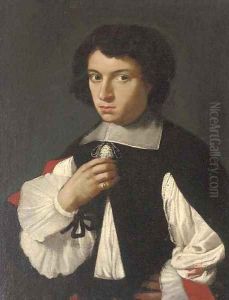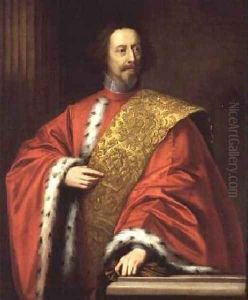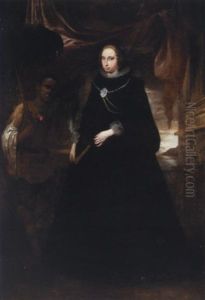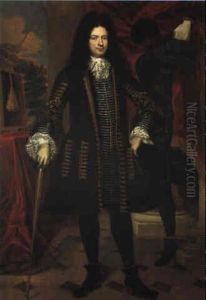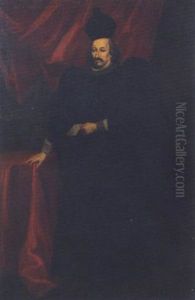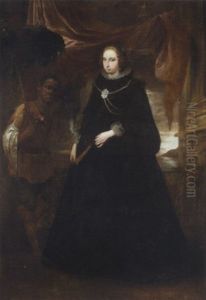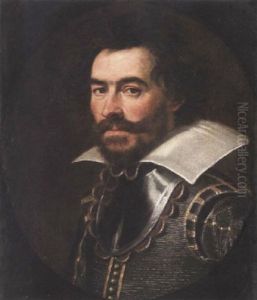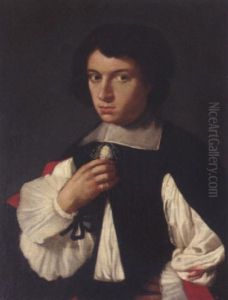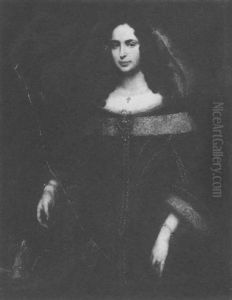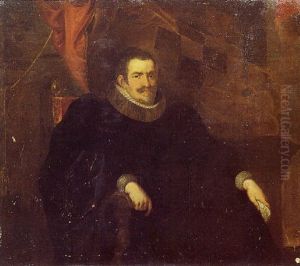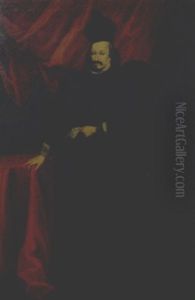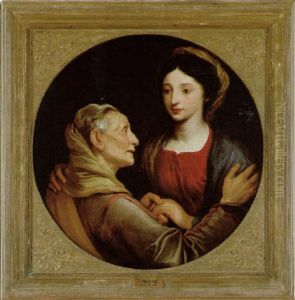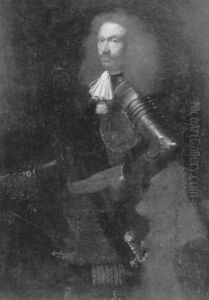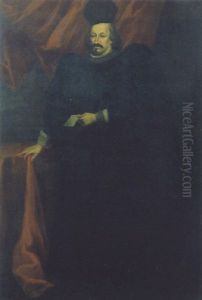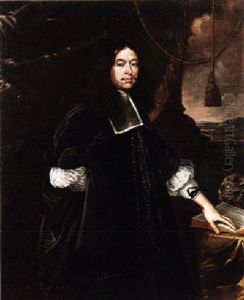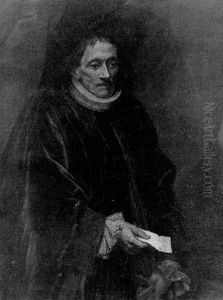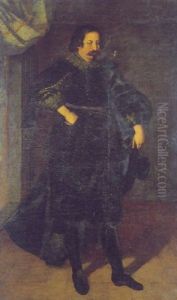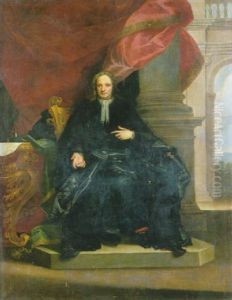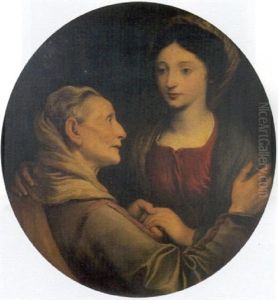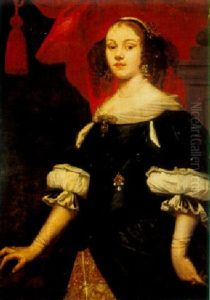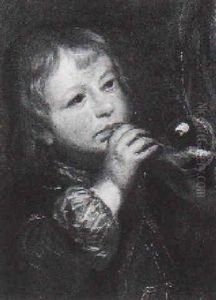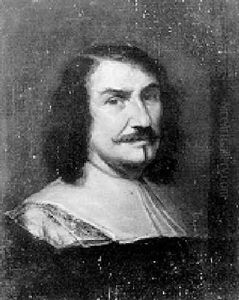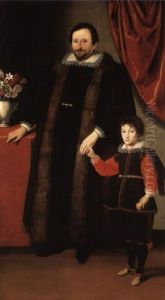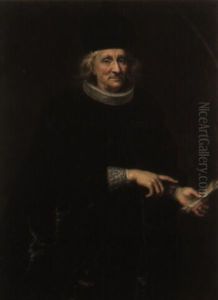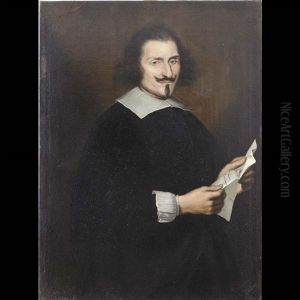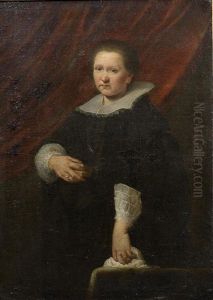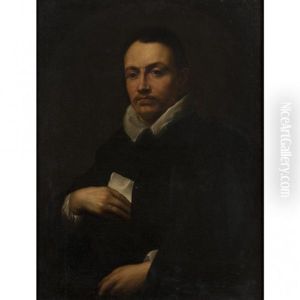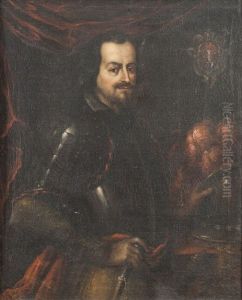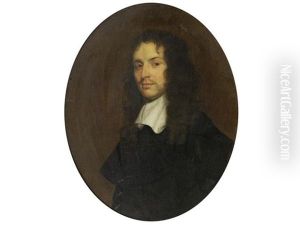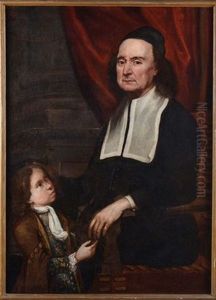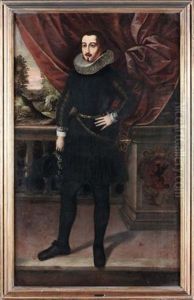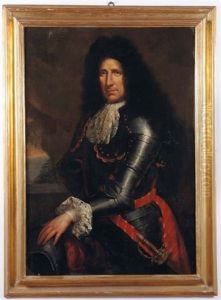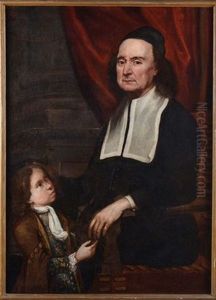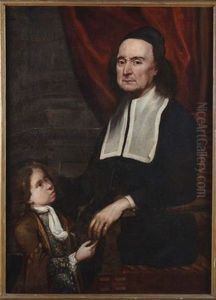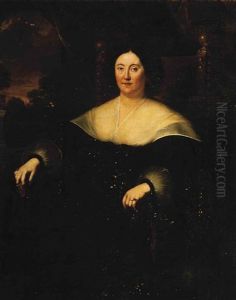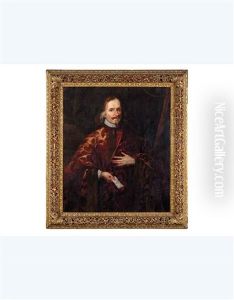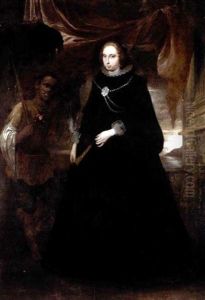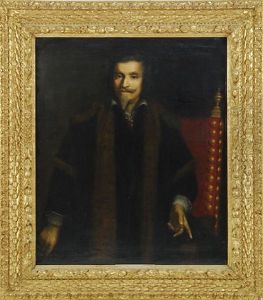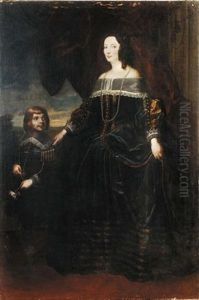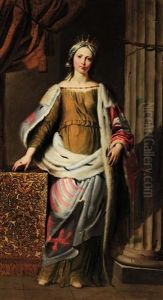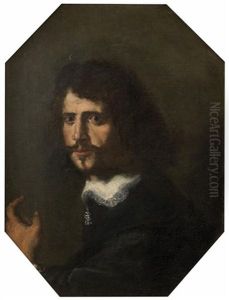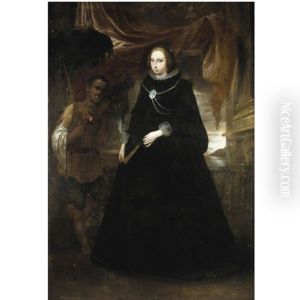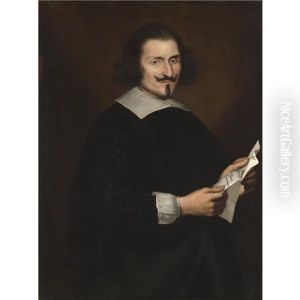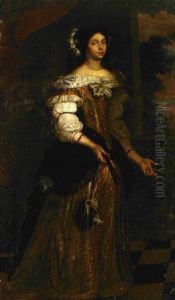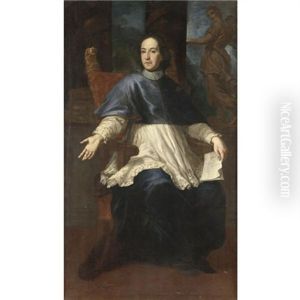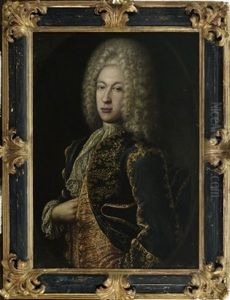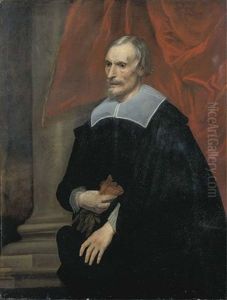Giovanni Bernardo Carboni Paintings
Giovanni Bernardo Carboni was an Italian painter born in 1614 in Bologna, Italy. He was a pupil of the prominent Baroque painter Guido Reni and was active during the 17th century, a period marked by the flourishing of the Baroque style in art. Carboni’s works are characterized by their dramatic use of light and shadow, a technique known as chiaroscuro, which was a hallmark of Baroque painting.
Not much is documented about Carboni's personal life or his artistic career in detail. However, it is known that he worked primarily in Bologna and was influenced by the Bolognese School, a painting style that was dominant in the area and that produced many other notable artists of the time, including the Carracci family, Domenichino, and Francesco Albani.
As a follower of Guido Reni, Carboni’s works often reflected the elegance and grace typical of his mentor’s style. He painted both religious and mythological subjects, which were popular themes in Baroque art. His compositions are noted for their refined figures and the gentle emotions they convey.
Despite his talent and the quality of his paintings, Giovanni Bernardo Carboni did not achieve the same level of fame as some of his contemporaries. Consequently, his works are less well-known, and fewer studies have been dedicated to his life and oeuvre. He passed away in 1683 in Bologna, leaving behind a modest but valued body of work that contributes to the understanding of the Baroque period in Italian art history.
Carboni's paintings can be seen as a testament to the rich cultural environment of 17th-century Italy and the artistic legacy of the Bolognese School. Although his name might not be as recognizable as some of his peers, his works remain an integral part of the study of Baroque painting, and they continue to be appreciated by art historians and enthusiasts for their beauty and technical skill.
